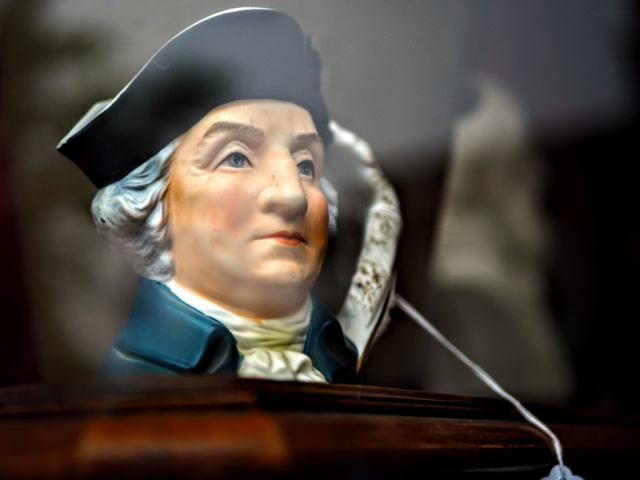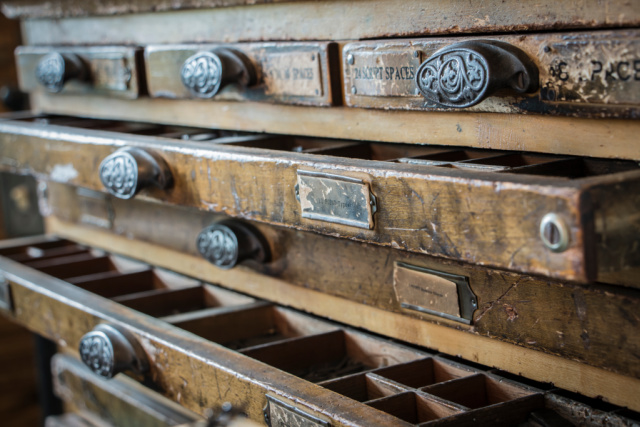In the world of antiquing, provenance refers to the history of an acquired object. The provenance of a piece traces its origin back to its owner(s) or where it comes from. A certain artifact could belong to a previous era, like a glorious chandelier that once illuminated the ballroom of a magnificent palace. Or a scatter of old maps, manuscripts, and sheets quietly tucked away in between the pages of old books at a library.
The word provenance is derived from the French word provenir, meaning “to come from”. An ideal provenance captures the ownership history of a piece all the way back to the artist's studio.
The provenance of an antique piece accounts for its authenticity and also reveals where an acquired piece was made. And a good trail of provenance takes you through different homes and times once traveled by an antique of yore. Moreover, an accurate chain of provenance helps in determining the value of a piece. It also ascribes ownership in the past to a prominent historical figure.
The provenance of a relic or artifact reveals a certain story. And aren’t stories loved by all? It could be an elaborate ceramic pot, with the artist’s initials inscribed on the bottom, or an old cabinet with the maker’s marks carved discreetly onto the wood. These marks leave behind clues to the era in which an antique piece was made. If you are curious to learn about the value provenance adds to an antique or wish to know how to find the same, read on.
1. Gauging how provenance affects the value of your antiques

Provenance narrates tales of significant epochs in history, fortunes made and lost, and prominent owners of antiques. If an object was once owned by a famed celebrity, it automatically adds immense value to the antique. Also, the more information you have about the background and history of a piece, the more attractive it tends to get. Soon enough you gain a sense of comfort and security in knowing where and when a certain object was discovered. Provenance also sets apart genuine items from fakes/forgeries. Also, documents that trace antiques back to their provenance adds value and further authenticates the piece. These documents could comprise stories, memoirs, letters, diaries, and old photographs indicating a certain time in history.
2. Be curious about curios

No matter where you acquire your piece from, be inquisitive, and ask questions. You may be inheriting the piece from a gallery, dealer, or a family member – make sure you ask them about the whereabouts or any information regarding the antique. Also, do not buy an antique piece without seeing the provenance first. Ideally, the provenance history includes a written record of owners’ names; ownership dates, and inheritance, or sale through a dealer or auction; and where the work was kept, from the time of its creation by the artist until the present day.
3. Study the antique
It is no secret that an antique’s appearance reveals quite a lot about its provenience. This is why it is essential to thoroughly examine the object for a signature or a maker’s label to confirm its authenticity and quality. These provide hints as to who made the piece, its owner, and where it comes from. A good provenance includes relevant documentation be it in the form of old photographs, estate inventories, and so on.
4. Know what to look for

Look at the piece from a distance. Let your eyes linger along its nooks and corners. Especially the decoration and wood. These give us an idea as to where the piece may be from. For example – if an antique is carved in teak, know that it was most probably made in Asia. Next, we take a step closer and examine the object. Unravel the secrets of the wooden piece of furniture by opening its drawers, inspecting its underside, back and insides. This gives us some insight into the age and quality of the piece. Now, pay attention to the piece’s hidden surfaces that are often left untouched hence revealing the piece’s history unedited.
And even though rarity, age, condition, and quality do determine the value of an antique piece, provenance tends to be the cherry on top!